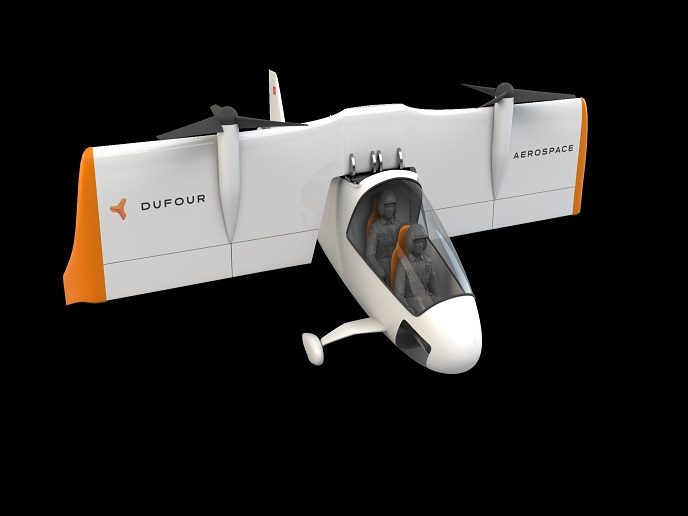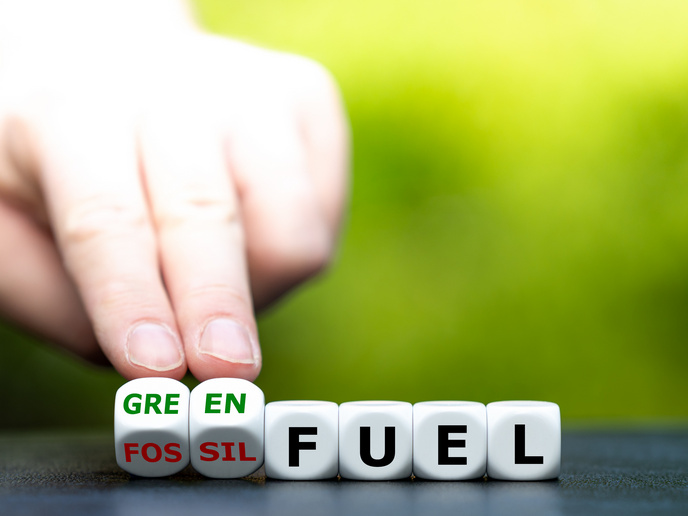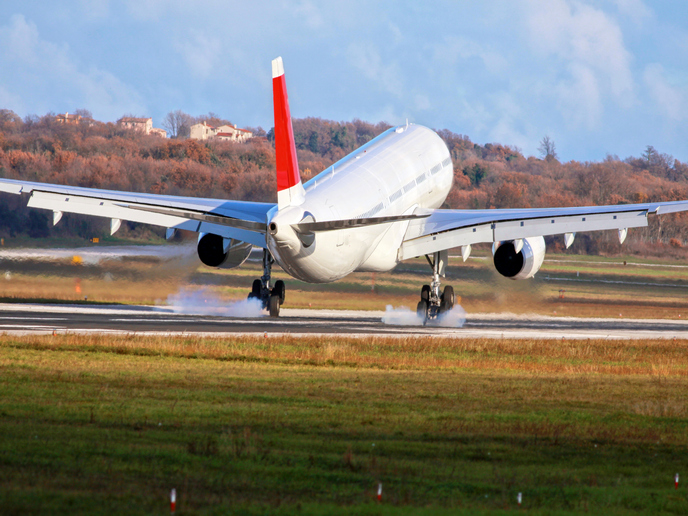Small electric VTOL aircraft shakes up aviation
The aviation industry is a major source of atmospheric and noise pollution. Electric power offers a feasible, non-polluting alternative for the light aircraft sector. Such craft have most of the same advantages and disadvantages as electric cars and, like electric cars, they are becoming competitive in the industry. Beyond electric power alone, a further long-term goal for industry has been vertical take-off and landing (VTOL). This could allow travel unconstrained by airport infrastructure. However, except for helicopters and a handful of extremely high-performance military fighters, very few aircraft are capable of VTOL. With current technologies, VTOL is inefficient and expensive. Yet, electrically powered aircraft could change the equation.
Electric aircraft
The EU-funded aEro(opens in new window) project considered the feasibility of electric VTOL, then developed a prototype design. “Electric planes are the third revolution in aviation,” explains project coordinator Thomas Pfammatter. “They are less complicated, need less maintenance and are much safer because they can be made redundant. They also produce less noise and are much cleaner than the fuel guzzlers of today.” The disadvantage of electric aircraft is that their batteries are still limited. The VTOL prototype is the second electric aircraft by aEro coordinating company Dufour Aerospace. The first was a small aerobatic craft with conventional take-off capability and mostly of standard design. In the conservative aircraft industry, certification is easier to achieve for subtle modifications of proven technologies. Based on the testing of the first prototype(opens in new window), the team evaluated the feasibility of developing a VTOL craft that combines the advantages of helicopters and fixed-wing aircraft. They also evaluated initial design ideas. The result was a validated design and plans for a working prototype.
Prototype development
The new design, called aEro 2, uses the same proven modular hybrid electric power systems as its predecessor, but also features a tilt-wing design. This permits VTOL like a helicopter but forward flight like a standard aircraft. The 750 kg, 2-seater craft should be capable of cruising speeds of 320 km/h and have a range of 800 km, comparable to conventional aircraft of similar size. Yet, the electric power and specially developed propellers should make the craft much quieter than typical alternatives. The travel costs per kilometre would be the same as a car, but with lower environmental impact. Team members addressed the battery problem by making all aspects of the new aircraft design superefficient. “Our design is the most efficient compared to any other VTOL concept right now,” adds Pfammatter. Achieving this efficiency requires a very sophisticated system for adjusting the wing configuration from cruise to hover. Whereas many competitors avoid this complexity, meaning less efficient designs, the aEro team managed to effectively demonstrate its wing control system. Prior to the project’s completion in October 2019, the team had been building and testing the aEro 2 prototype. With further testing, the craft will target market segments including aerobatics, pilot training and urban air mobility. The craft is expected to challenge the helicopter market, with revenues estimated to reach EUR 15 million by 2023. The proposed craft would make VTOL much cleaner, and also more efficient and affordable. It could become a common sight.







